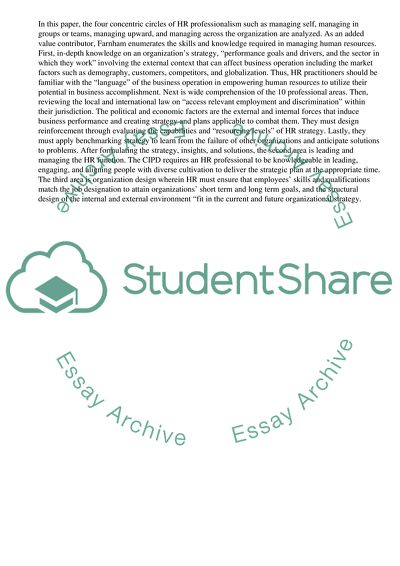Cite this document
(“Requirements for an Effective and Efficient HR Professionals Essay”, n.d.)
Retrieved from https://studentshare.org/management/1581978-the-hrm-professional-as-an-added-value-contributor-your-continuing-professional-development
Retrieved from https://studentshare.org/management/1581978-the-hrm-professional-as-an-added-value-contributor-your-continuing-professional-development
(Requirements for an Effective and Efficient HR Professionals Essay)
https://studentshare.org/management/1581978-the-hrm-professional-as-an-added-value-contributor-your-continuing-professional-development.
https://studentshare.org/management/1581978-the-hrm-professional-as-an-added-value-contributor-your-continuing-professional-development.
“Requirements for an Effective and Efficient HR Professionals Essay”, n.d. https://studentshare.org/management/1581978-the-hrm-professional-as-an-added-value-contributor-your-continuing-professional-development.


